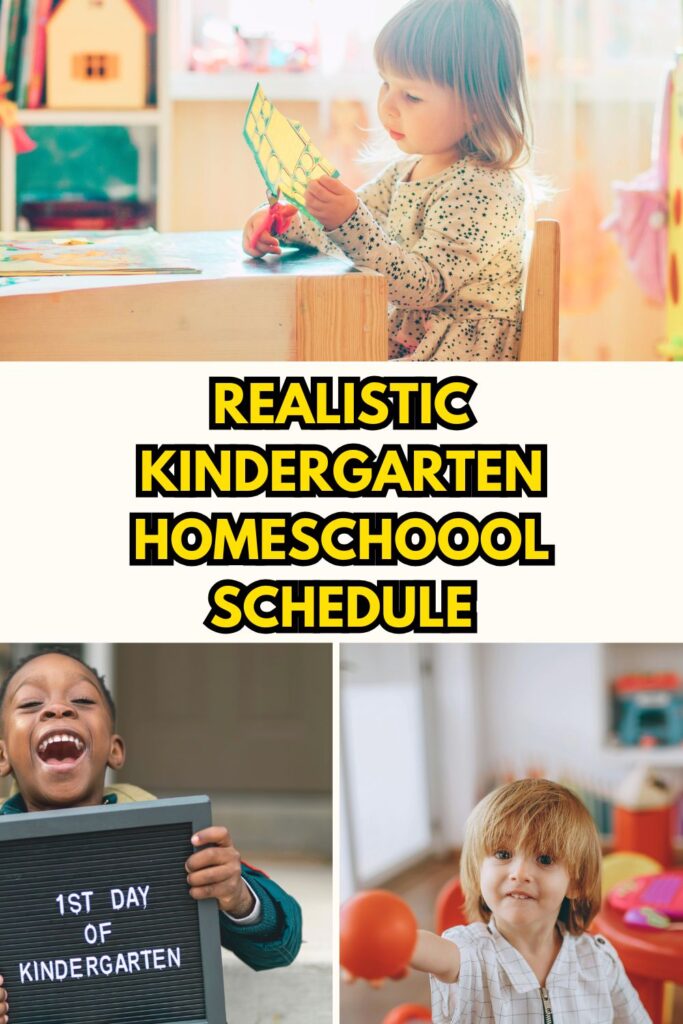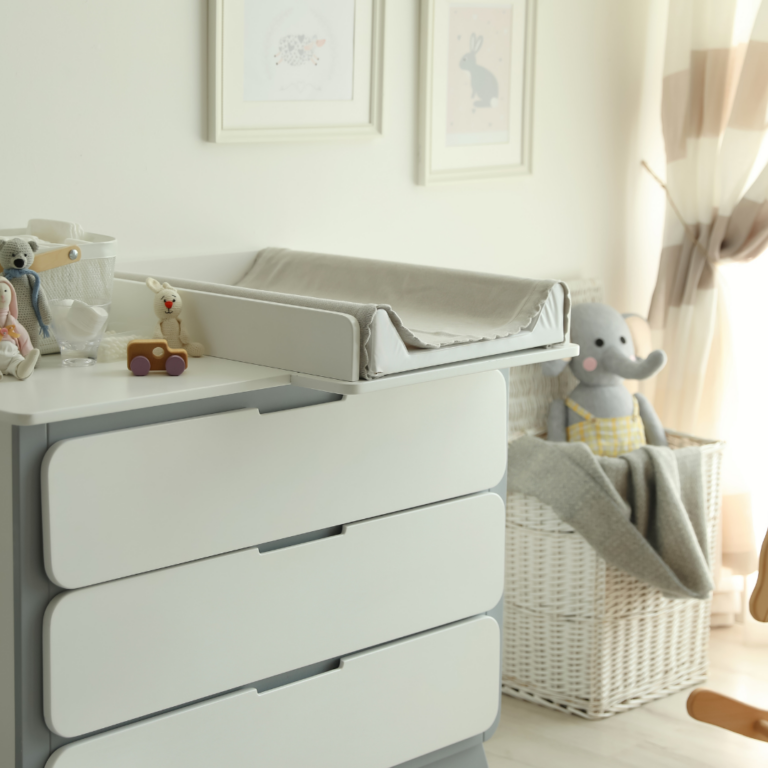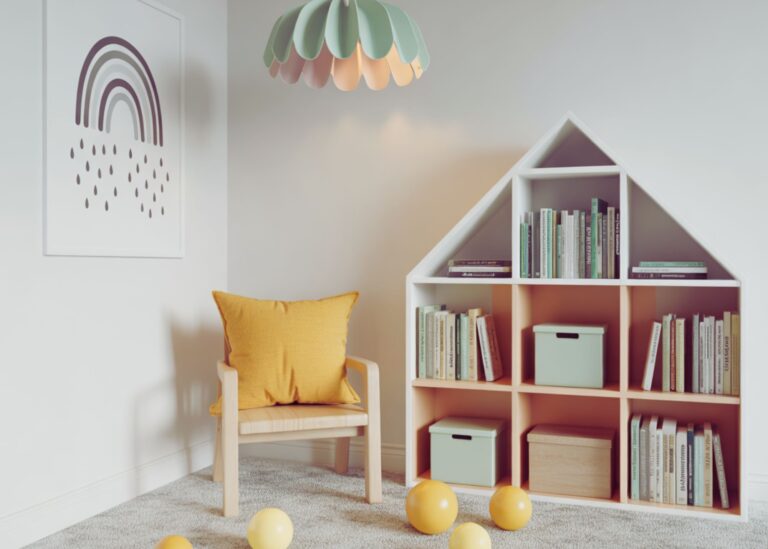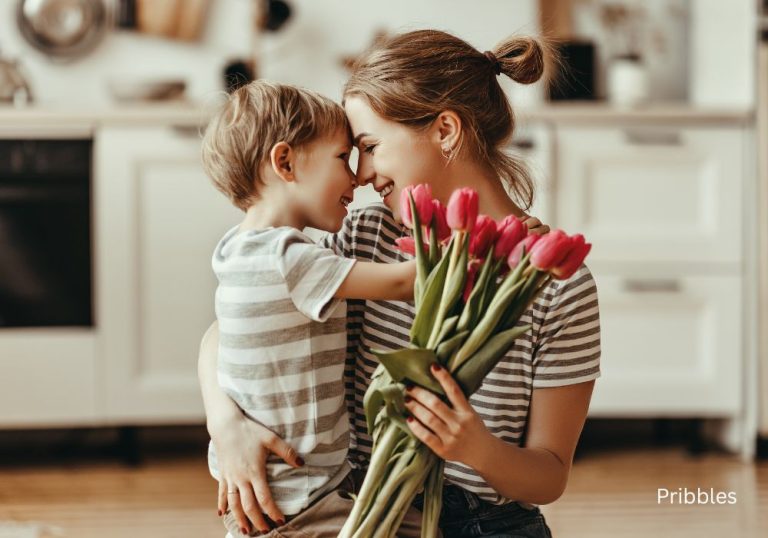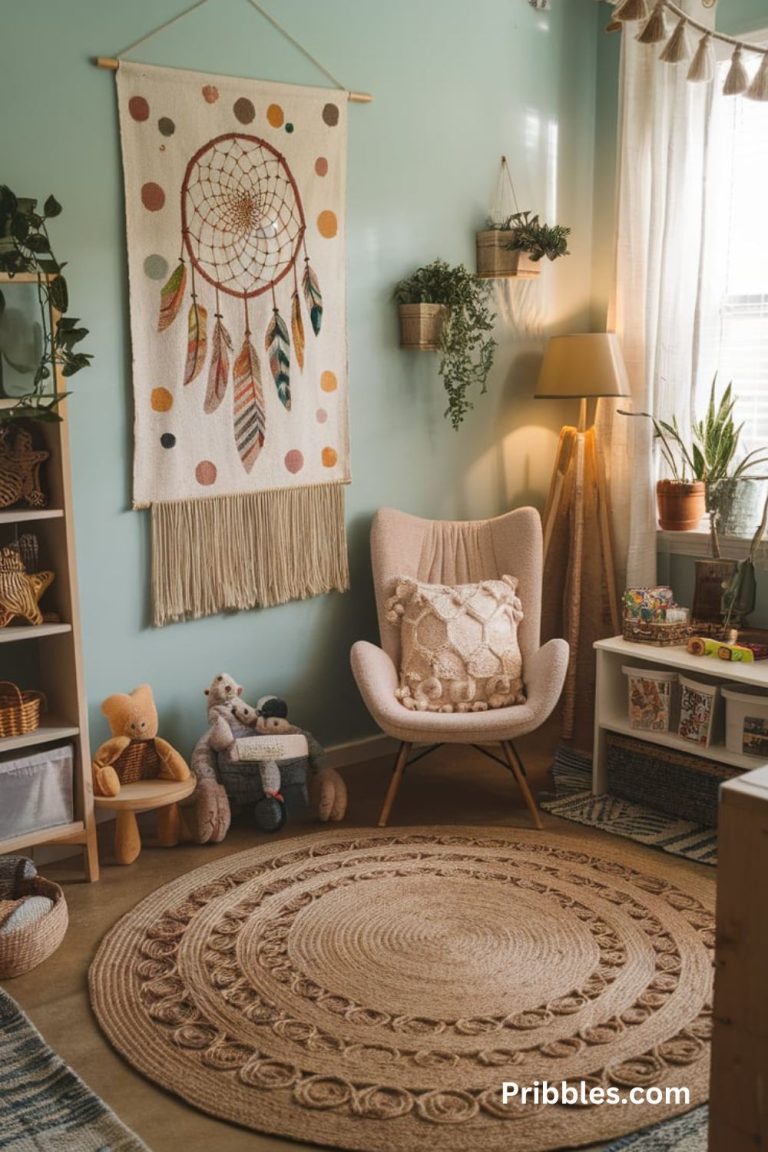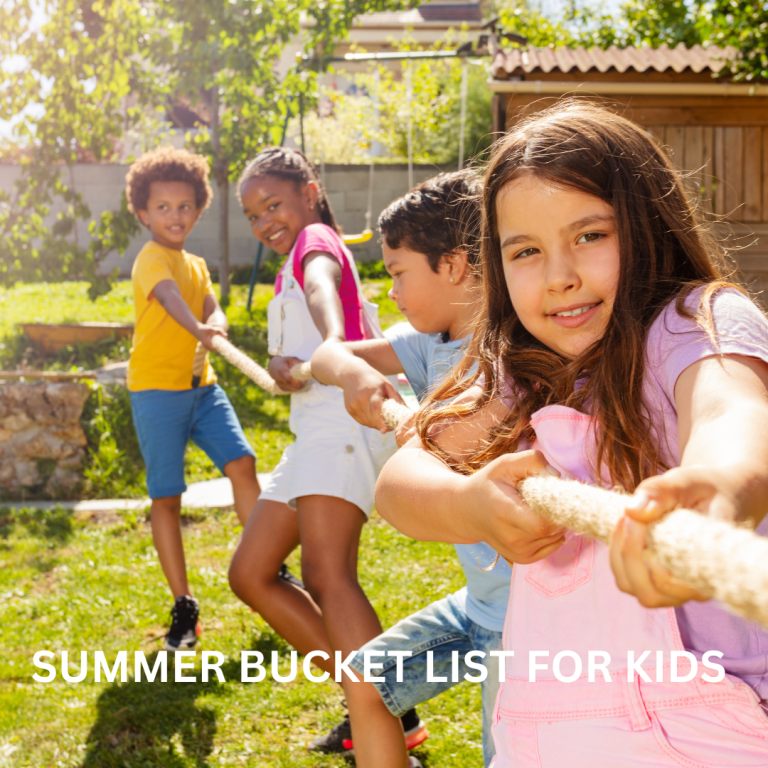How to Create a Kindergarten Homeschool Schedule That Flows
Starting kindergarten at home is such an exciting milestone! Your little one is eager to learn, full of curiosity, and ready to explore the world in new ways. But as a homeschooling parent, you might be wondering: How do I balance structured learning with the freedom and flexibility that makes homeschooling so special?
The key is to create a kindergarten homeschool schedule that flows — one that offers rhythm and structure without feeling rigid, supports your child’s natural learning pace, and gives you space to breathe, too. This isn’t about recreating a traditional classroom at home. It’s about designing a daily routine that fits your family’s lifestyle and helps your kindergartener thrive.
Below, you’ll find practical tips, real-life examples, and plenty of encouragement to help you build a schedule that truly works.
More to read:
- How to Create a Preschool Homeschool Schedule That Flows
- Virtual Field Trips: Ideas and Webcam Sites for Homeschoolers
- Cozy Homeschool Room Ideas to Inspire Your Space
- Homeschool Room Ideas: From Cozy Corners to Full Classrooms
Save to Pinterest for later reading!
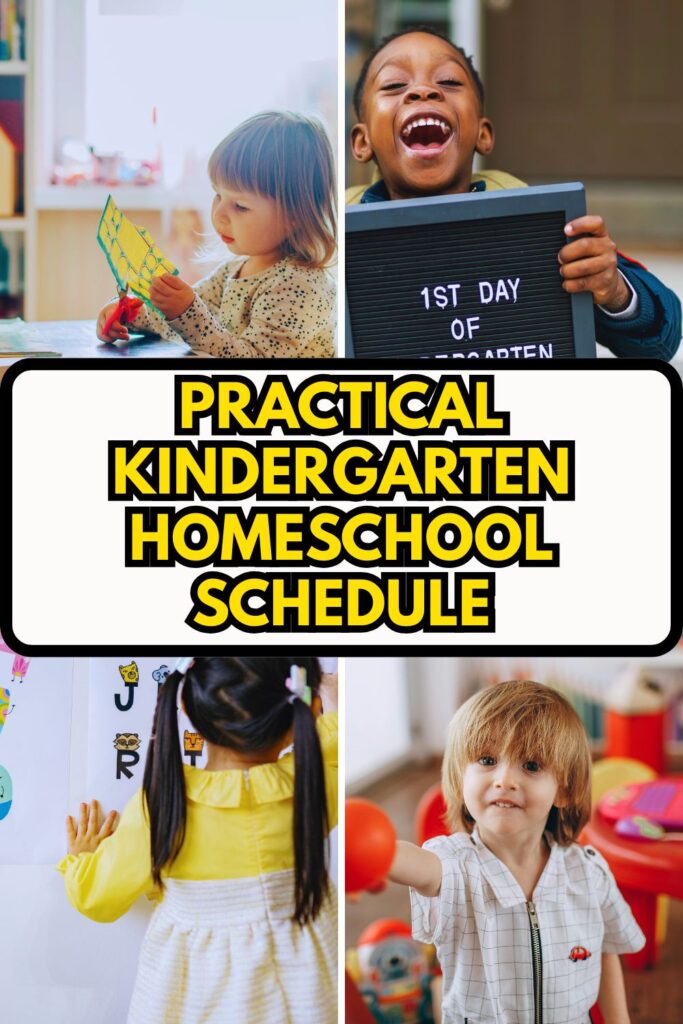
Affiliate links may be used in this post and if so I will receive a commission at no extra cost. I’m also part of the Amazon Affiliate (Associate) program where I earn a commission from sales made through my affiliate links. Read the full disclosure policy.
Kindergarten Homeschool Schedule
Now that you’ve got a feel for the rhythm and tips behind creating a calm, structured homeschool day, let’s put it all together into a sample kindergarten homeschool schedule. This isn’t meant to be a strict timetable — think of it as a flexible framework you can adjust to fit your family’s unique flow. Every child and household is different, so use this as inspiration, not a rulebook. The goal is to create a daily rhythm that keeps learning engaging, play abundant, and your day feeling peaceful rather than pressured.
1. Anchor Your Day with Routines, Not a Rigid Clock
One of the biggest mistakes parents make when they start homeschooling kindergarten is trying to stick to a strict, hour-by-hour schedule — like a public school classroom. But at home, you have the beautiful freedom to follow a natural rhythm rather than a strict timetable.
Think of your day in blocks or anchor points instead of exact times. For example:
- Morning routine: Wake up, breakfast, get dressed, and do a morning basket (songs, calendar time, or a short devotion).
- Learning block: A focused time for reading, writing, math, or themed activities.
- Outdoor time: Fresh air, movement, and sensory play.
- Quiet time: Rest, reading, or independent play.
- Afternoon rhythm: Hands-on projects, art, free play, or field trips.
These “anchors” create predictable flow while allowing flexibility when things don’t go perfectly — because let’s be honest, some mornings involve spilled cereal, meltdowns, and missing socks. 😅
Tip: Instead of watching the clock, focus on completing activities in order. When one block finishes, move to the next naturally.
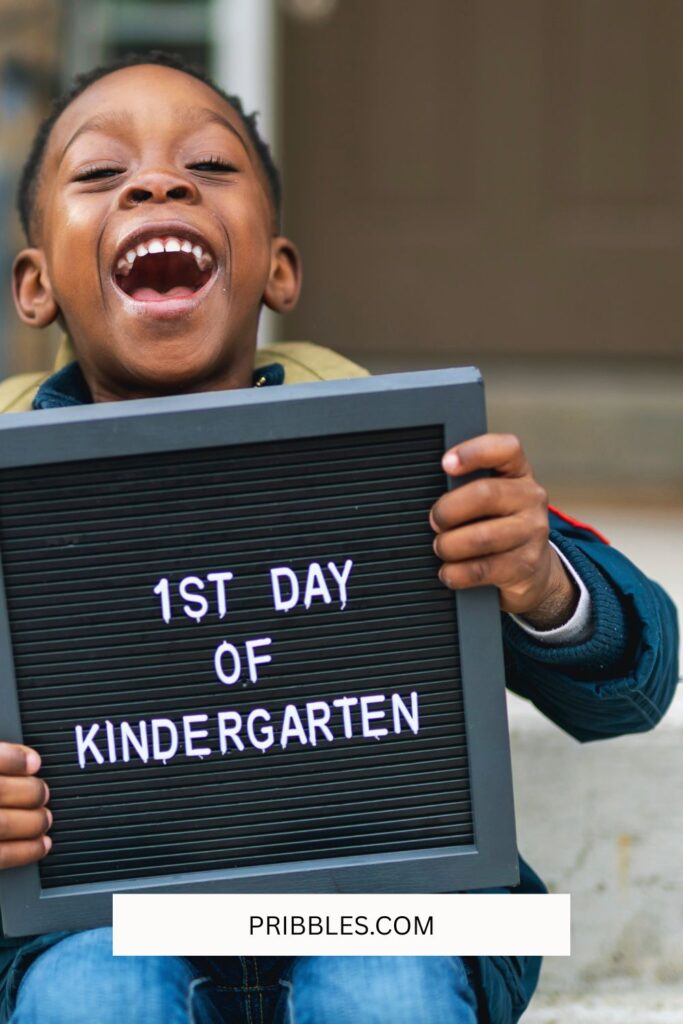
2. Plan for Short, Focused Learning Sessions
Kindergarteners are capable of more focused learning than preschoolers, but their attention spans are still short. Long, drawn-out lessons will lead to frustration for both of you. The sweet spot is short, intentional bursts of learning, broken up with movement and play.
Here’s a general guideline for formal learning:
- Reading/Phonics: 10–20 minutes
- Math: 10–15 minutes
- Writing Practice: 5–10 minutes
- Thematic/Hands-On Activities: 15–30 minutes
A focused learning block in the morning of 45–90 minutes total is often plenty at this age. And remember — learning doesn’t only happen during “school time.” It happens while cooking together, counting steps on a walk, reading at bedtime, or building with blocks.
Tip: End lessons while your child is still engaged. Leaving on a good note makes them excited to return tomorrow.
3. Include Outdoor and Movement Time Every Day
Wiggly bodies need space to move, explore, and play. Outdoor time is just as important as workbook time in kindergarten. It supports physical development, improves focus, and provides natural learning opportunities.
Some easy ways to build this in:
- Morning energy burn: A quick bike ride, walk, or backyard play before schoolwork.
- Nature time: Collect leaves, observe bugs, do scavenger hunts, or simply sit and draw outside.
- Midday reset: After lessons, get outside to release energy and reset moods.
- Afternoon adventures: Park visits, gardening, or free play in the yard.
Don’t underestimate how much outdoor time helps your day flow. Even 20–30 minutes can work wonders for both kids and parents.
4. Choose a Weekly Theme to Guide Activities
Themes make planning easier and keep learning fun and cohesive. By picking a weekly theme, you can weave reading, writing, art, and hands-on activities together around one engaging topic.
Examples:
- 🐠 Ocean Week: Read ocean books, practice “O” for octopus, measure toy fish, do water sensory bins, and paint sea creatures.
- 🚀 Space Week: Count stars, learn about planets, make rocket crafts, and read space-themed picture books.
- 🌻 Garden Week: Plant seeds, measure sprouts, label flowers, and journal growth.
Themes help children make connections between subjects and keep lessons exciting. Plus, you’ll spend less time searching for random activities each day.
Tip: Pick themes based on your child’s interests — dinosaurs, weather, animals, community helpers — and build simple activities around them.
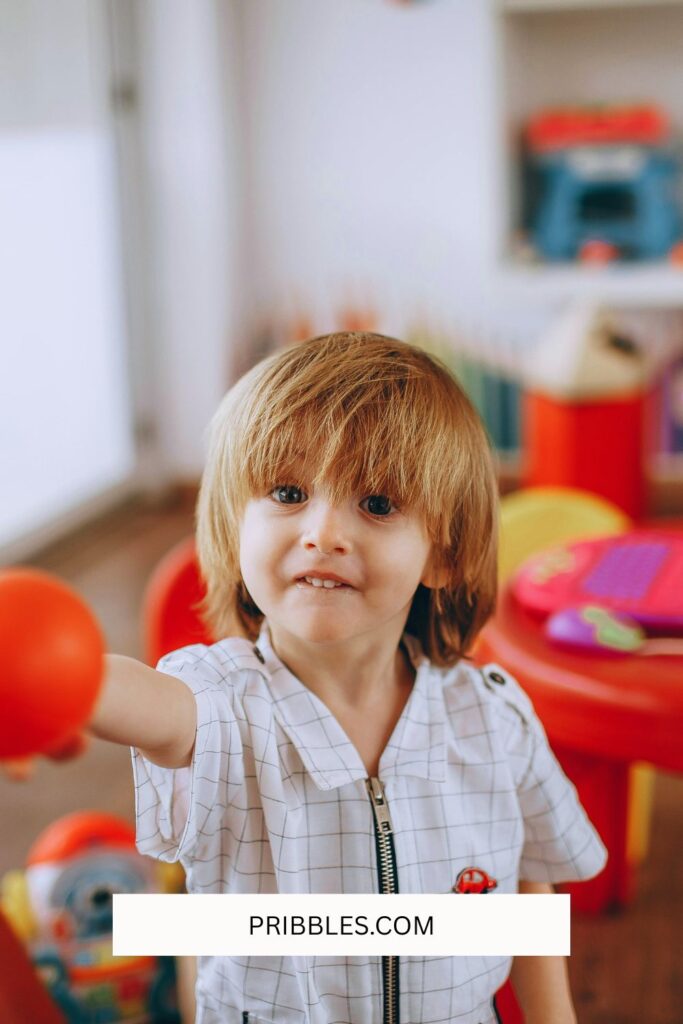
5. Add Independent Work or “Table Time” Blocks
Kindergarteners are still developing independence, but you can begin teaching them to work or play independently for short stretches. This is a game-changer for your schedule (and your sanity!).
During independent work or “table time,” your child can:
- Work on puzzles or activity books
- Practice tracing, coloring, or simple worksheets
- Play with quiet sensory bins or building toys
- Look at picture books
Start with 5–10 minutes and gradually build up. Use this time to prep lunch, tidy up, or check your email without guilt.
Tip: Rotate activities daily to keep this block fresh and engaging.
6. Don’t Skip Quiet Time (Even if They Don’t Nap)
Most kindergarteners have outgrown naps, but they still need downtime during the day. Quiet time gives everyone a break to recharge, which helps prevent afternoon meltdowns (yours and theirs!).
Quiet time ideas:
- Audiobooks or story podcasts
- Independent reading or picture book browsing
- Calm sensory bins or puzzles
- Listening to soft music while lying down
This block doesn’t have to be long — even 30 minutes works wonders. It’s your chance to reset, too.
7. Keep Learning Hands-On and Play-Based
One of the best things about homeschooling kindergarten is that you can teach through play. Worksheets have their place, but hands-on experiences make lessons stick.
Incorporate:
- Math games: Counting with snacks, board games, number scavenger hunts
- Literacy play: Letter magnets, storytelling with puppets, sight word hopscotch
- Art and crafts: Painting, collaging, clay, cutting and pasting
- Science experiments: Sink or float, growing seeds, exploring shadows
This approach keeps kids engaged, encourages creativity, and makes your homeschool days flow more naturally.
8. Sample Kindergarten Homeschool Schedule
Here’s a sample daily rhythm you can adapt to your family:
8:00 AM – Morning Routine
Breakfast, get dressed, morning basket (songs, story, calendar)
9:00 AM – Learning Block
Phonics/reading, writing practice, math, weekly theme activity
10:30 AM – Outdoor Time
Walk, backyard play, scavenger hunt, or playground
11:30 AM – Lunch + Read-Aloud
Share a favorite book during or after lunch
12:30 PM – Quiet Time
Audiobooks, independent reading, calm play
1:30 PM – Afternoon Projects
Art, science experiments, baking, field trips, or imaginative play
3:00 PM – Outdoor Reset
More outside time to unwind
5:00 PM – Tidy Up & Evening Routine
Quick cleanup, dinner, family time, bedtime stories
Notice how this schedule is structured but flexible — no rigid times, just a gentle flow that supports learning and living.
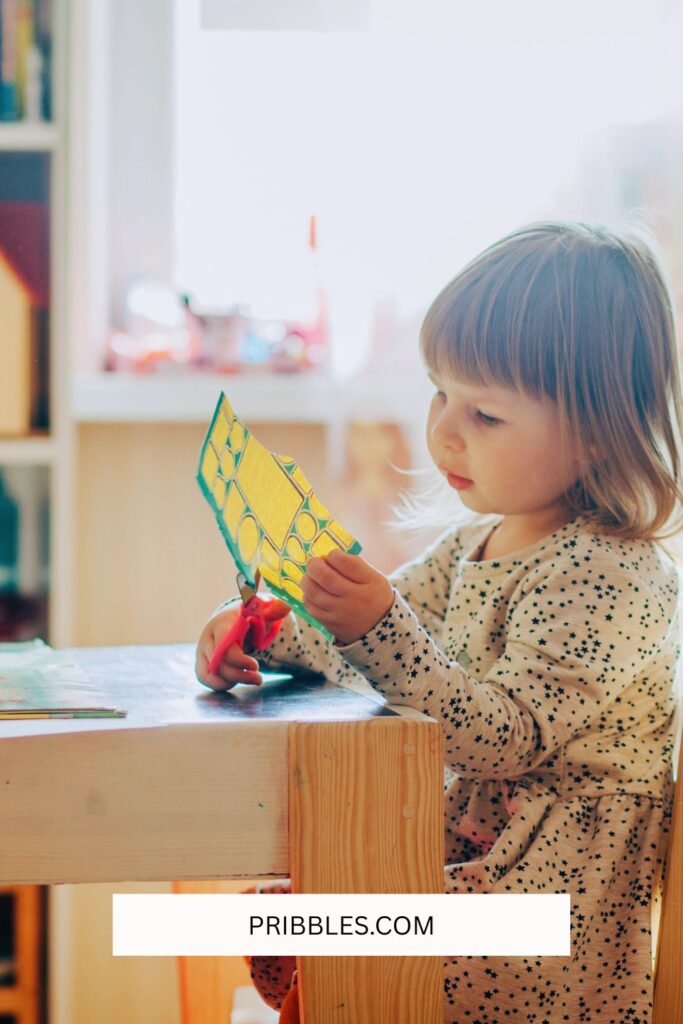
9. Build in Flexibility and Grace
Some days will feel smooth and productive. Others? Total chaos. And that’s okay. Homeschooling is a marathon, not a sprint, and flexibility is your best friend.
If a morning lesson falls apart, take a break and come back later. If the weather’s beautiful, ditch the books for a nature walk. If your child is tired, keep it light. Kindergarten at home should feel joyful, not forced.
Tip: Keep a small stash of low-prep activities for “off” days — puzzles, audiobooks, coloring sheets, or educational shows — so you can pivot without stress.
10. Involve Your Child in the Routine
Finally, remember that your child thrives when they feel a sense of ownership. Involve them in decisions throughout the day:
- “Do you want to do reading or math first?”
- “Should we go outside before or after art time?”
- “Would you like to learn about space or animals next week?”
These small choices give them confidence and cooperation, making your homeschool schedule feel like a team effort rather than a top-down plan.
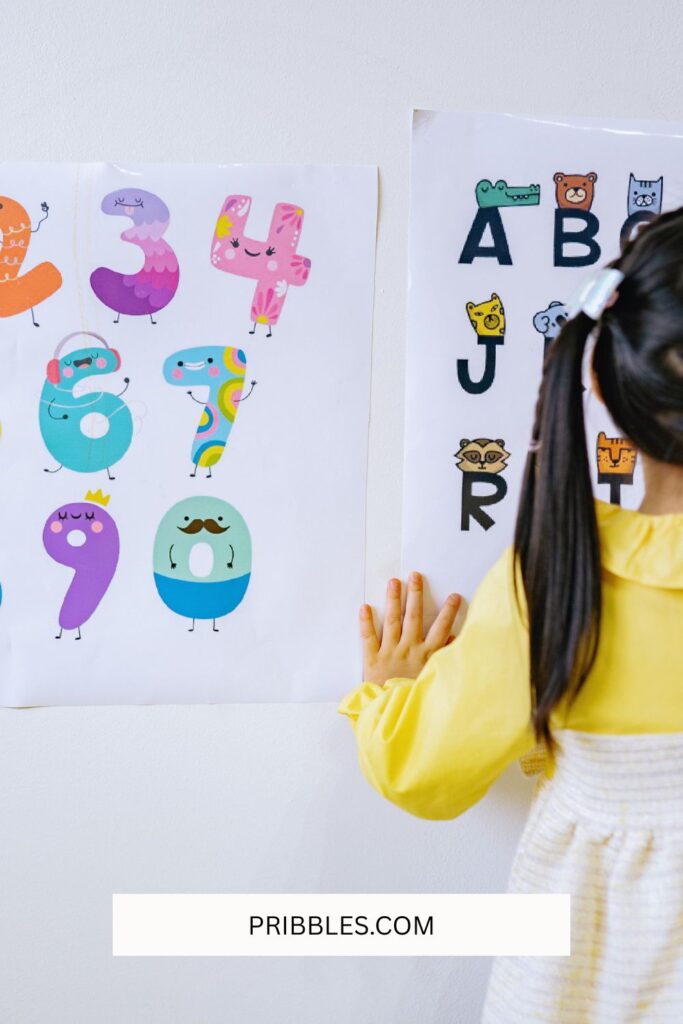
Final Thoughts
Creating a kindergarten homeschool schedule that flows is less about rigid structure and more about building a rhythm that fits your family’s life. When you balance short bursts of focused learning with plenty of play, movement, and flexibility, your days will feel calm, meaningful, and fun.
You don’t need to replicate a classroom. You’re building something better — a learning lifestyle that grows with your child.
